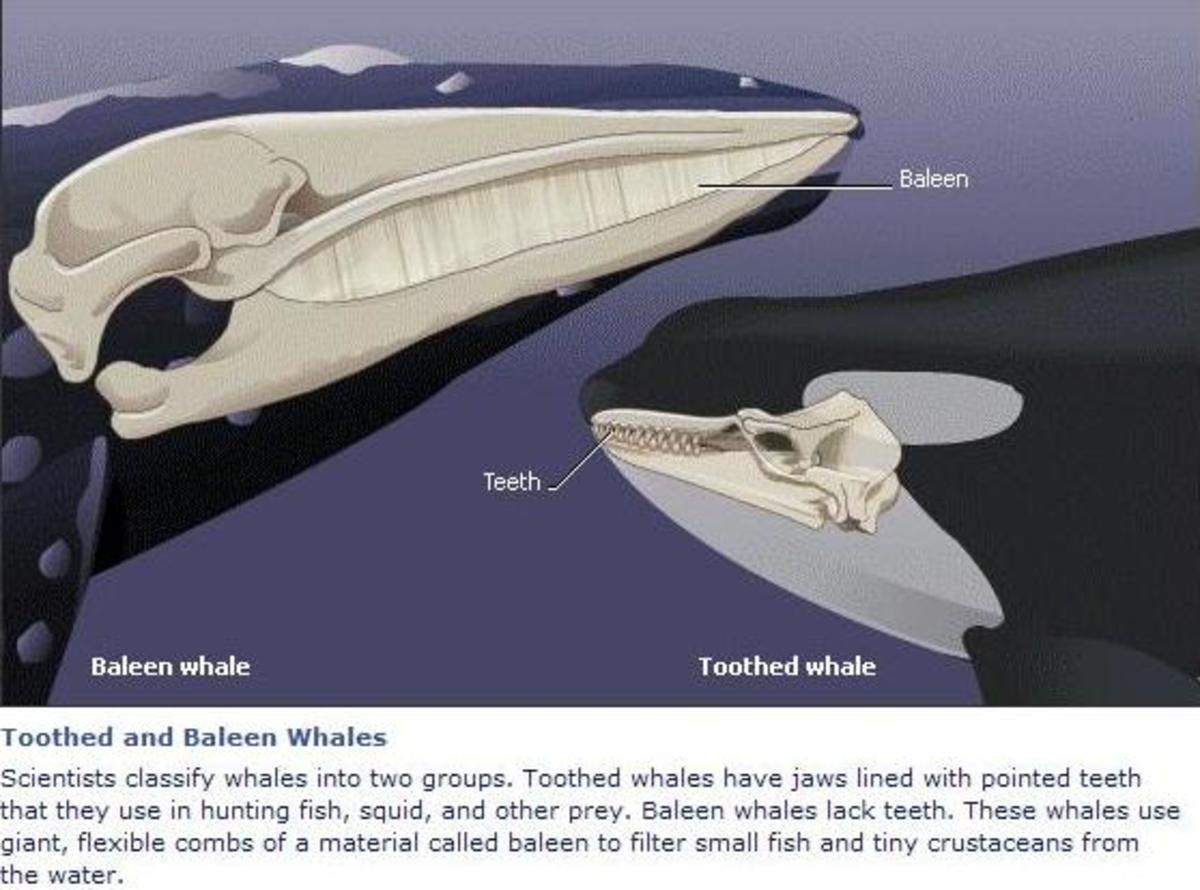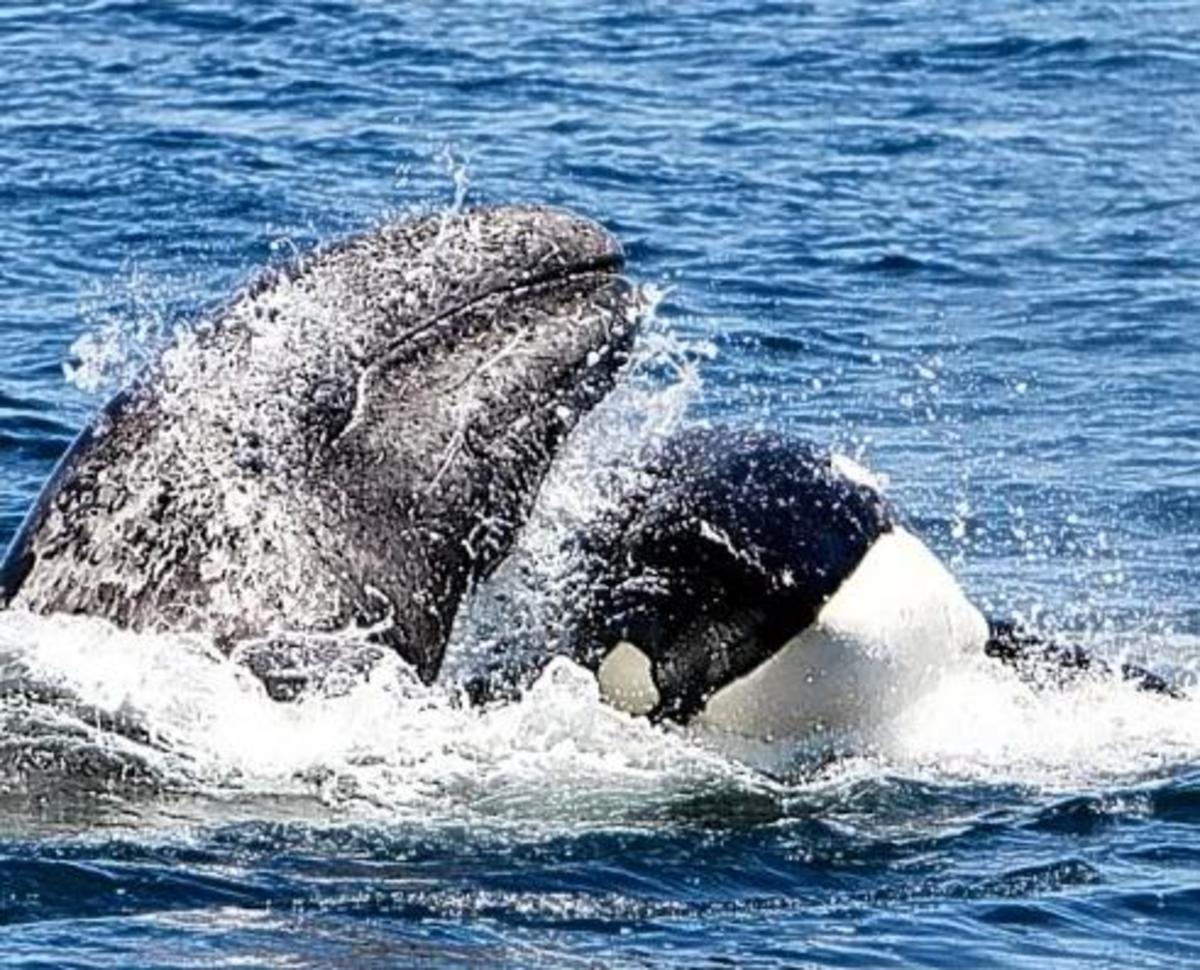- HubPages»
- Education and Science»
- Life Sciences»
- Marine Biology»
- Marine Life
Facts And Information On Dolphins
Dolphins are aquatic mammals famous for their friendly nature and excellent sense of vision. Below given are some facts about the dolphins.
Classification
Dolphins belong to the class Mammalia of phylum chordata of the kingdom Animalia. Further, they are placed in the group cetaceans of the class. This group is further divided in to two subgroups:
- Ondontoceti, which includes the toothed whales
- Mysticeti, which includes the toothless whales.
The dolphins are put into the group Ondontoceti along with other whales such as killer whales and sperm whales. Although the dolphins are placed in the same group as these mighty and dangerous whales, they are nowhere near being dangerous.
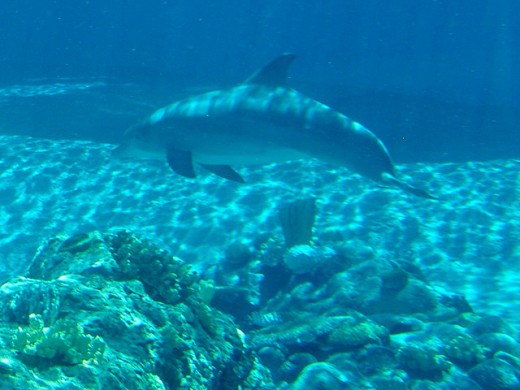
Habitat
The dolphins are aquatic mammals hence they live in water. Most species of dolphins live in a marine habitat and are found in oceans and seas while some of the species also reside in rivers and lakes.The species that live in lakes are comparatively the smaller kind of dolphins.
Types Of Dolphins And Different Families Of Dolphins
The word dolphin itself refers to a super group of the sub group Ondontoceti and includes many different species of dolphins.
The dolphins are divided into further types according to their habitats; like the dolphins of rivers are the river dolphins and the dolphins of oceans are called the oceanic dolphins.
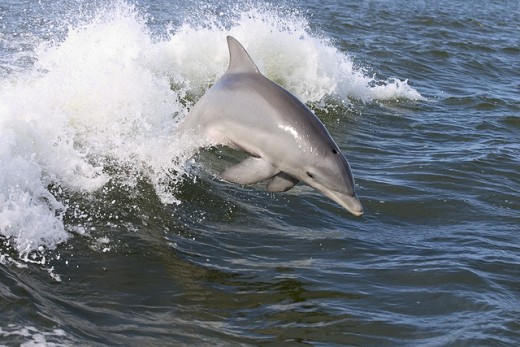
Different families of dolphins include: Delphinidae which are the oceanic dolphins, Iniidaewhich are the river dolphins and Platanistidae dolphins which are the Indian River dolphins.
The oceanic dolphins constitute the majority of the dolphin population and are called the “true dolphins” as they are the most diverse of all the types of dolphins.
The family Delphinidae includes 32 species all of which live in open oceans and live deep down. However in some cases few species may reside in the coastal waters.
Some famous species of oceanic rivers are: B ottlenose dolphins , T he long-snouted spinner dolphins and T he Atlantic humpbacked dolphins .
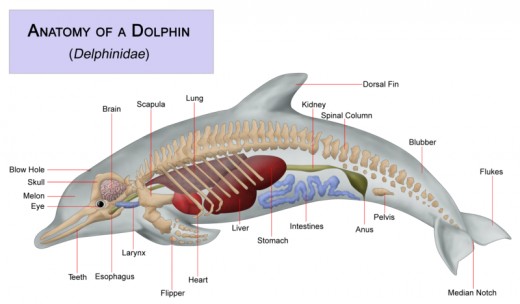

The Body Structure
The body of dolphins in general is long and slender. They are usually grey, blue or green in color. The general body features of dolphins include:
- A snout which is a beak like structure present in the front of the body. The snout bears the jaws which are a very important feature of a dolphin. The shape and the size of the snout may differ from species to species. The snout of the oceanic dolphins is called a rostrum because it’s very long and slender. It bears long and elongated jaws which bear 130 or more teeth in each one of them. The snout of river dolphins is comparatively smaller.
Whales
- Whale (The Biggest Mammal On Earth)
Whales are large, magnificent, intelligent, aquatic mammals. They breathe air through their lungs (unlike fish who breathe through gills).
About Sharks
- The Sharks
Sharks are amazing fish that have been around since long before the dinosaurs existed. They live in waters all over the world, in every ocean, and even in some rivers and lakes.

- Pectoral flippers which are the modified fore limbs of the dolphins. The pectoral flippers are a small and a rigid structure which help the dolphins to steer forward and to increase their speed.
- Dorsal fins which are basically the modified hind limbs are located at the back of the body and help the dolphin in swimming. It gives the dolphins a control over directions and maintains stability while swimming. Although it is a common feature it is absent in some species of dolphins like the Northern rightwhale dolphins do not possess a dorsal fin.
- Small eyes located at front behind the snout and very small ears located behind the eyes.
The Senses Of Dolphins
The dolphins are smart animals. They have a brain which reasons well and they have an excellent vision and hearing abilities.
- The Sense of Hearing: The dolphins are good at hearing and possess a unique mechanism for hearing. Although they have an external ear and a middle ear but the external ear is not connected to the middle ear, in fact when a sound reaches the external ear it is carried to the middle ear by the fat lobes located within the lower jaw.
- The Sense of Vision: The dolphins possess an excellent sense of vision and they can see clearly both in and out of the water.
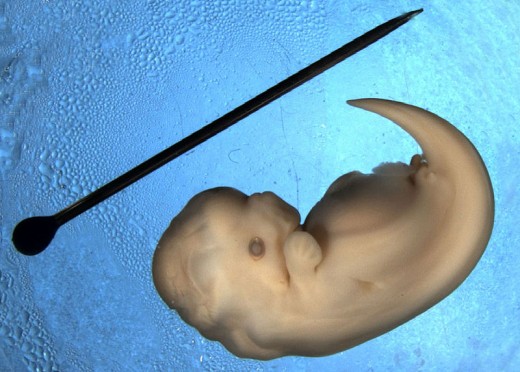
Reproduction In Dolphins
The dolphins are mammals so they carry out the typical reproduction mechanism in mammals which involves the mating of the male and the female.
The fertilization is internal and like the other mammals they give birth to the young ones and do not lay eggs. They possess mammary glands and feed their young ones on milk.
Endangered Sea Animals
- Sea Animals
Sad but true, that we humans are the biggest enemies of the nature that surrounds us. We with our actions are destroying the mother earth.
Information About The Marine Biomes
- Marine Biomes
The largest biome on the face of the earth is the Marine Biome. It is a fuel tank for the whole of earth. The tank is filled with water that gives life to the whole of the earth.

